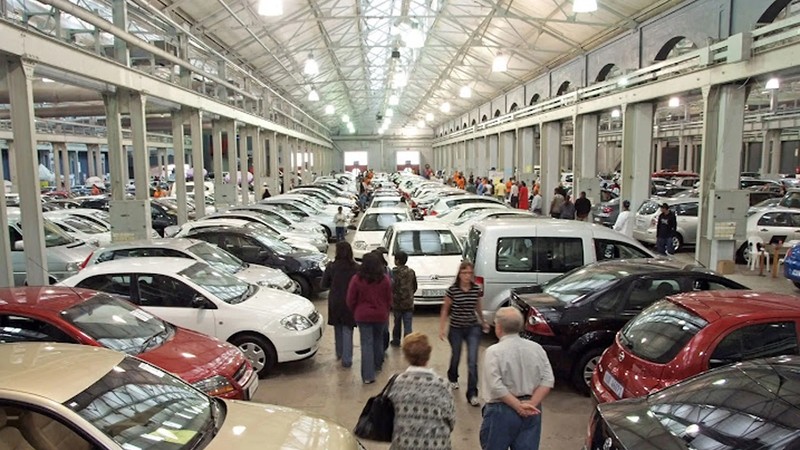South Africa’s new vehicle market recorded its strongest month in a decade, with sales in September 2025 climbing to 54 700 units, the highest level since September 2015.
It was also the third consecutive month of volumes above 50 000 units and rounded out 12 months of continual growth for the new vehicle market.
According to figures released by the Automotive Business Council (Naamsa) on Thursday, the September sales total marked a 24.3% increase compared with the 44 000 vehicles sold in the same month last year.
The strong performance came against a backdrop of easing inflation, firm but restrictive monetary policy, and an expanding range of imported models.
Encouragingly for households, consumer inflation slowed to 3.3% y/y in August, below expectations.
Lower food, fuel, and transport costs have eased pressure on disposable incomes, while subdued vehicle price inflation — supported by a stronger rand and heightened competition— has helped sustain affordability in certain segments.
“This disinflationary trend offered some relief for car buyers, particularly in the small-car and entry-level categories, where cost sensitivity is highest. Despite inflation undershooting expectations, the South African Reserve Bank (Sarb) held the repo rate at 7.00% at its September meeting,” said Naamsa.
“By prioritising inflation expectations at the lower end of the 3–6% range, the Sarb has maintained restrictive borrowing costs. While new vehicle purchases have benefited from the 125 basis points of cuts implemented so far, further easing would be particularly beneficial for households considering higher-value or discretionary vehicle purchases.”
Brandon Cohen, chairperson of the National Automobile Dealers’ Association (NADA), said confidence and sentiment were both looking good for South Africa’s vehicle market – both new and used.
Cohen said the industry certainly noticed good dealer activity in September, with some brands absolutely shooting the lights out, while others struggled a little reflecting the overall performance of the new vehicle market.
“The 1c per litre rise in petrol price is positive for October and we know the last CPI at 3.3% was very good and right near the 3% unofficial target of the South African Reserve Bank. US dollar weakness is helping the rand, which will contribute to new vehicle pricing stability for some time to come,” said Cohen.
“While demand clearly exists, affordability continues to constrain the new vehicle market, forcing many motorists into pre-owned showrooms in search of better value. While this remains good business for dealers, it ultimately impacts new vehicle sales and their slow recovery to pre-COVID levels. It does, however, maintain mobility for South Africans at an affordable price point.”
On the export front, South African vehicle shipments also surprised on the upside, rising 32.9% to 38 772 units compared with a year earlier. Year-to-date exports are now 6% ahead of 2024, showing resilience despite global supply chain challenges and United States automotive tariffs.
The auto industry remains a critical pillar of the economy, contributing 5.2% to GDP, employing about 115 000 people directly in manufacturing, and sustaining close to half a million jobs through its multiplier effect.
Lebo Gaoaketse, head of marketing and communication at WesBank, said a more favourable economic outlook should continue to support increased new vehicle sales.
Gaoaketse said stability in fuel prices with only marginal shifts expected this month, improved performance of the currency, and the decision to maintain interest rates all contribute to consumer and business confidence.
The industry also expects that the turnaround of the national power utility with profits promised to be reinvested in energy infrastructure will provide a more positive outlook for the economy in a more stable electricity environment.
However, Gaoaketse warned that household budgets remain strained and affordability remains the key consideration in purchase decisions.
“Levels of demand are unprecedented with September having the highest volumes of applications for finance,” said Gaoaketse, cautioning that the market dynamics have changed and acknowledging that wider-spread applications to provide greater choice for consumers is more prevalent than in the past.
“Ten years ago, with a new vehicle sales volume of 55 315 units (September 2015), WesBank had 28% fewer applications for finance displaying increased competition for credit.”
BUSINESS REPORT
